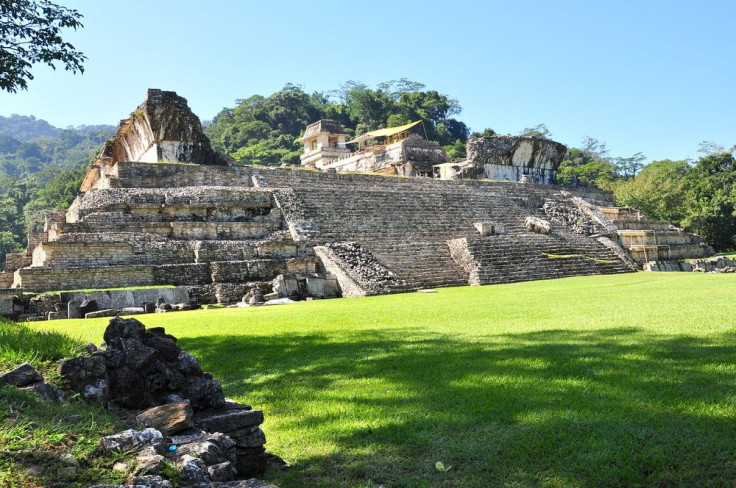
In Mexico City, archaeologists have stumbled upon a groundbreaking burial site under an apartment building from the Aztec empire. Archaeologists announced on Friday that a burial site with remains of 12 dogs has been discovered, dating between 1350 a 1520 A.D. Animals were often buried by the Aztec people in central Mexico, especially if they had a significant religious significance to the people.
Dogs, in particular, were believed to protect pyramids and monuments when buried underneath them, and guide the souls of the deceased into a new life, which was believed to take four years. In fact, the Aztecs would bury a dog when a warrior died in admiration of their faithfulness and less well off people buried a model of a dog instead. In addition to keeping dogs as domestic pets, the Aztec would also consume them on special occasions.
Experts at Mexico's National Institute of Anthropology and History, or INAH, revealed in a statement that dog remains from the Aztec empire have been discovered in the past as part of offerings or with human remains. But this marked the first burial site that was exclusively for dogs and for this many canines to be uncovered together. The remains were discovered two meters into the ground with no specific burial pattern.
"This is definitely a special finding because of the number of dogs and because we have found no connection to a building or with the deceased," said archaeologist Rocio Morales Sanchez, reports the Associated Press, adding that the archaeologists were able to date the burial through the ceramics and other items discovered near the burial grounds in the Aztacapozalco borough of Mexico City.
While the exact breed of dog has not been identified yet, many experts are speculating that the remains are of Techichi dogs, which the Aztecs kept as pets. An ancestor of the modern-day Chihuahua dog, the the Techichi had short legs and can easily be identified by teeth loss during adulthood. The Associated Press reports that a biologist, according to archaeologist Antonio Zamora, that the remains suggest the dogs were medium in size and a full set of teeth.
"That work will tell us about the breed of these dogs, and it may tell us how they were killed," said Michael E. Smith, an anthropology professor at Arizona State University who was not involved in the project. "The full significance of the finds is rarely obvious at time of excavation; the analysis will give the full story."
© 2025 Latin Times. All rights reserved. Do not reproduce without permission.




